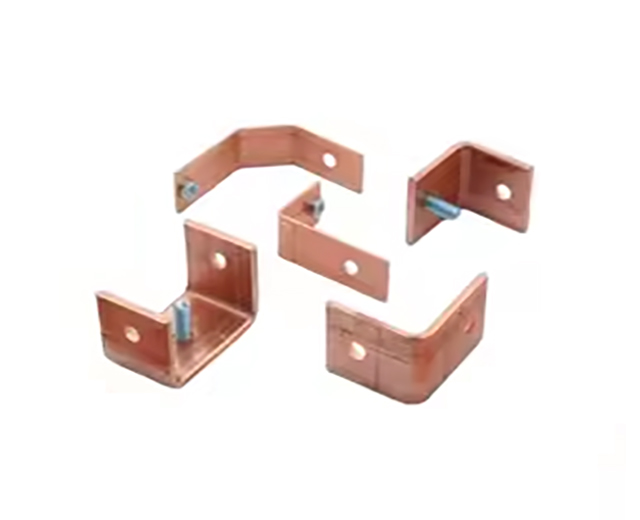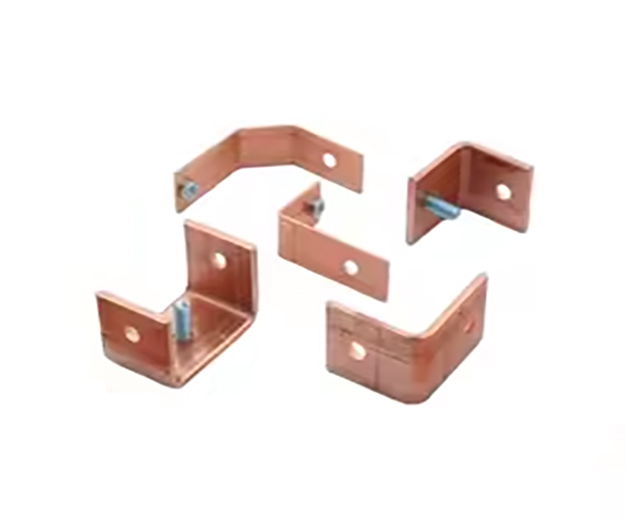

A Panel Board Copper Busbar is a high-conductivity copper strip or bar designed for use in power distribution boards, switchboards, and electrical panels. With its flat, rigid form and precise dimensions (commonly ranging from 3×10 mm to 12×120 mm), it efficiently distributes electrical current across various circuits. Panel board Copper Busbars are crucial for reliable operation in industrial, commercial, and infrastructure-based power systems.

| Property | Specification |
|---|---|
| Material | High-conductivity Copper (≥ 98% IACS) |
| Resistivity | 1.7241 μΩ·cm at 20°C |
| Current Rating | 100A to 6300A (application-dependent) |
| Current Density | 1.0–2.5 A/mm² |
| Temperature Rating | 90°C continuous, 130°C short-term fault |
| Thermal Conductivity | 401 W/m·K |
| Tensile Strength | 200–250 N/mm² (hard-drawn copper) |
| Elongation | 15–35% |
| Surface Treatment Options | Bare, Tin-plated (3–5 μm), Silver-plated (5–8 μm) |
| Corrosion Resistance | Passes ASTM B117 salt spray test (500+ hrs tin-plated) |
Conductivity: Up to 100% IACS, ensuring minimal power loss. Lower resistivity than aluminum (0.01724 Ω·mm²/m vs. 0.0282 Ω·mm²/m).
Short-Circuit Withstand: Handles up to 50 kA for 1 second without deformation.
Skin Effect Control: Maintains low impedance at 50/60 Hz with a skin factor < 1.05.
Mechanical Strength: Yield strength of ≥250 MPa, withstanding electromechanical forces up to 10 kN/m.
Corrosion Resistance: Tin or silver plating provides long-lasting performance in humid, marine, or corrosive environments.
Industrial Power Distribution
– Busbars rated up to 5000A, ideal for motor control centers and power panels.
Data Center Power Systems
– Used in N+1 power busway architectures supporting 99.999% uptime.
Renewable Energy Installations
– Solar inverter panels and wind turbine systems with 150% overload capacity.
Marine & Offshore Power Systems
– Silver-plated busbars in IP66 enclosures for ships, oil rigs, and ports.
High-Rise Commercial Buildings
– Vertical risers using compact Copper Busbar designs, 250A per 25mm width, maximizing space.
Visual Inspections (Quarterly): Check for discoloration, corrosion, or distortion (>1 mm per 100 mm).
Torque Checks (Annually): Ensure bolt torque (typically 20–50 N·m for M10) using calibrated tools.
Surface Cleaning (Biannually): Use non-abrasive solvents like isopropyl alcohol (≥99%) to clean contact areas.
Electrical Testing:
Insulation Resistance: >1 MΩ at 1000V DC
Contact Resistance:<15>
Partial Discharge (for MV):<10 pc="">
Thermal Monitoring: Continuous IR scanning recommended. Set alert at 10°C above baseline.
Advanced Diagnostics:
Ultrasound analysis for vibration detection (>0.5g RMS)
Thermographic profiling during load operation
Q1: What is the purpose of using copper busbars in panel boards?
A1: Copper busbars offer high conductivity, mechanical strength, and thermal efficiency, making them ideal for compact and reliable current distribution in power panels.
Q2: Why is tin or silver plating used on busbars?
A2: Tin or silver plating improves corrosion resistance, enhances conductivity at contact points, and prolongs service life—especially in humid or harsh environments.
Q3: How much current can a panel board copper busbar carry?
A3: Depending on size and cross-sectional area, it can carry from 100A to over 6300A, with current density typically between 1.0 to 2.5 A/mm².
Q4: How often should the busbar system be maintained?
A4: Visual inspections should be quarterly, torque checks annually, and surface cleaning biannually. Infrared thermal scans are advised at least once per year.
Q5: Can copper busbars be used outdoors?
A5: Yes, with proper insulation and plating (UV-resistant insulation, tin/silver plating), they are suitable for outdoor and marine environments.